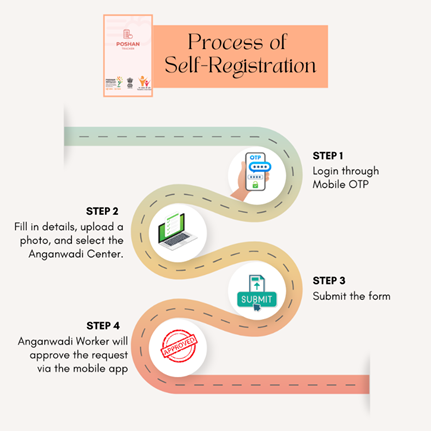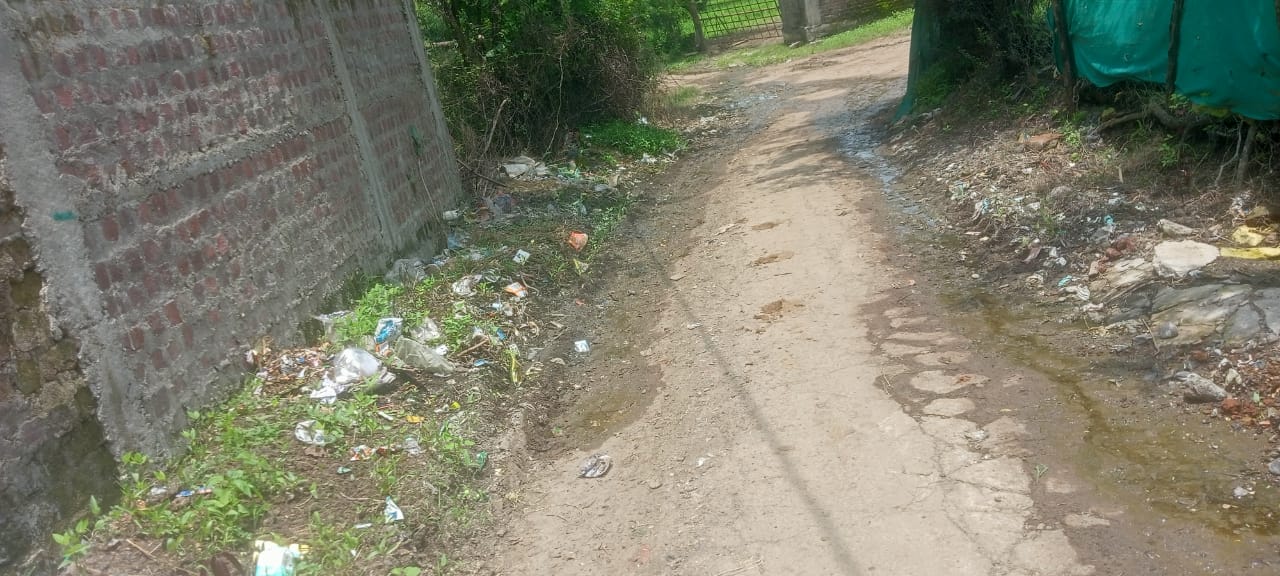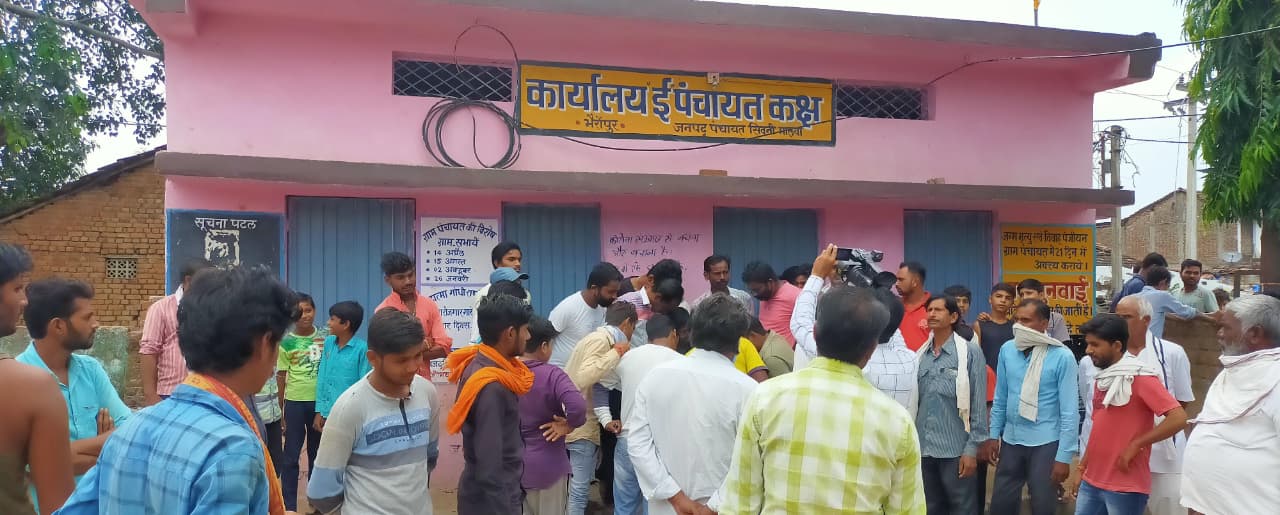Poshan Pakhwada 2025: Date, Theme, And More
Introduction
Malnutrition continues to be a persistent challenge in India, Poshan Pakhwada 2025 impacting not only individuals but also the nation’s overall development. Despite progress, millions of children, mothers, and families still lack access to adequate nutrition, leading to long-term health and developmental issues.
To address this critical issue, the Government of India launched the Poshan Abhiyaan on March 8, 2018. This flagship initiative aims to improve nutritional outcomes among women and children through a comprehensive and integrated approach.

Key Component
As a key component of the mission, Poshan Pakhwada serves as an important platform to increase awareness, encourage community participation, and foster behavioral change toward nutrition and health at the grassroots level. It embodies the vision that every child deserves a healthy beginning, every mother deserves proper nourishment, and every family should have access to safe and nutritious food

Poshan Pakhwada 2025 – Summary (7th Edition)
Dates:
8th April to 22nd April 2025
Theme Focus:
The first 1,000 days of a child’s life, recognized as a critical period for physical and cognitive development.
Objective:
To promote a healthy and nutritious diet among children and women by integrating technology with traditional practices.
Technology Integration:
Poshan Tracker enables real-time monitoring of nutrition services at Anganwadi Centers.
Beneficiaries can self-register via the Poshan Tracker Web App for easier and improved access to services.
Key Initiatives:
Community-Based Management of Acute Malnutrition (CMAM) Protocol for early detection and treatment of malnutrition at the community level.
Addressing childhood obesity by encouraging healthier food choices.
Addressing Childhood Obesity Through Healthy Lifestyle Practices
Childhood obesity is emerging as a significant public health concern in India. While undernutrition has traditionally been the focus of national nutrition efforts, the rising prevalence of overweight children presents a dual challenge.
Children today are increasingly consuming high-fat, high-sugar, high-salt (HFSS), energy-dense, and micronutrient-poor foods. This dietary shift, combined with reduced physical activity, has contributed to a steady increase in obesity rates among children.
According to National Family Health Survey (NFHS)-5 (2019–21), the proportion of children under five who are overweight has risen from 2.1% in 2015–16 (NFHS-4) to 3.4% in 2019–21, indicating a concerning trend.
Government Initiatives and Policy Measures
To combat this issue, the Ministry of Women and Child Development formed a working group in 2015 with the objective of curbing the consumption of HFSS foods and encouraging healthier dietary habits in schools. The group put forward several key recommendations:
Ban the sale of HFSS foods in school canteens and restrict the sale by private vendors within 200 meters of school premises during school hours.
School canteens should prioritize “green category” foods, including fruits, vegetables, and wholesome snacks.
“Orange category” foods such as confectionery and fried items should be discouraged.
Hydrogenated oils should be completely prohibited in all food items sold within schools.
Physical activity should be made a mandatory part of the school curriculum.
Additionally, in a CBSE circular dated 12th April 2012, schools were directed to eliminate junk and fast food from their premises. The circular also recommended replacing carbonated and sugary beverages with healthier alternatives such as fruit juices, lassi, chaach, and flavored milk.
Source– Pib.Gov.in











1 comment